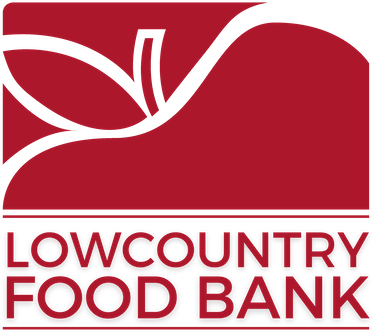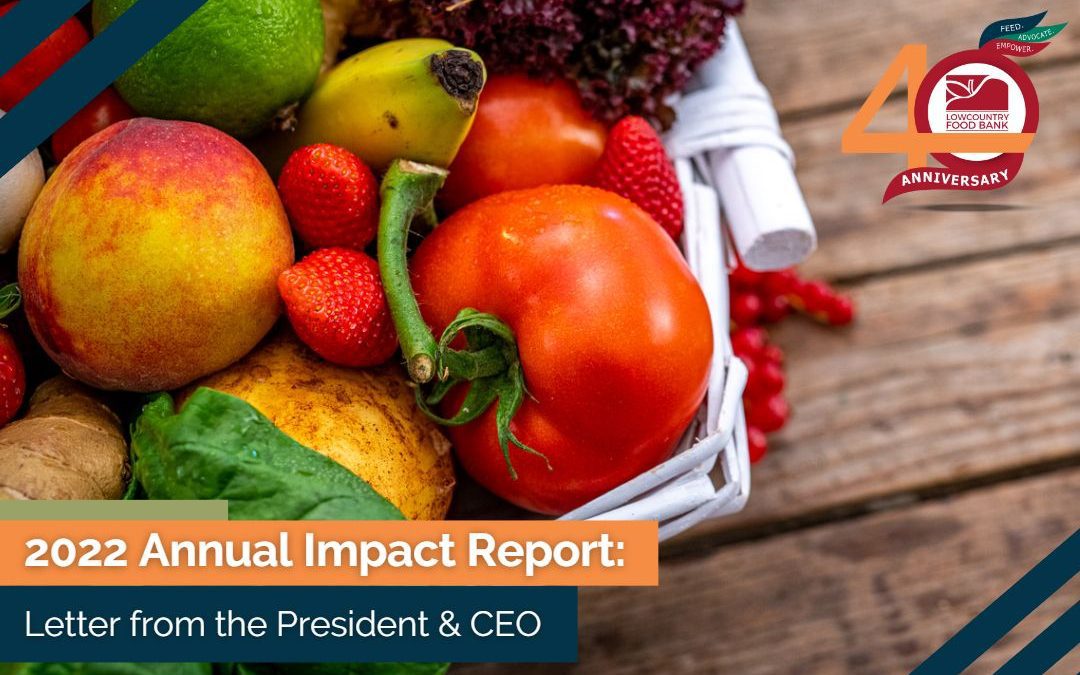- Equitable distribution of more than 39 million pounds of food, of which 65% was protein, produce, and dairy products, which created 33 million meals and provided equitable access to food across all 10 coastal counties, especially our harder to reach rural communities.
- GIS mapping continued to drive our strategy to provide equitable food access, by pinpointing exactly where food is most needed, helping us meet our neighbors where they are, and filling essential food gaps.
- Our retail program, which recovers excess products from supermarkets, manufacturers, wholesalers, and others, continued to grow and brought in 14 million pounds of food that otherwise would’ve gone to waste.
- Our donors generously gave more than 41,000 gifts in 2022, and each gift made an impact in the lives of our neighbors who face hunger. Our major fundraising events, Chefs’ Feast, the Walk to Fight Hunger, and Giving Tuesday also helped raise critical funds.
- Our operations team has led efficiency improvements in our receiving and shipping processes, which improved our ability to serve our neighbors and distribute food as quickly as possible.
- We prioritized investments to increase the capacity of our partner agencies by providing equipment and supplies that enable larger deliveries, grant funding to support additional agency needs, and investment in new, innovative, sustainable partnerships, such as our collaboration with Gullah Farmers Cooperative Association on St. Helena Island. 2022 also welcomed back the Lowcountry Food Bank Agency Conference, with nearly 200 participants, along with fantastic speakers and a day full of engagement and learning.
- We began the process to expand our presence in the southern-most counties we serve with the acquisition of land for a new, strategically located facility that will provide greater opportunities for increased storage capacity, new programs, and greater engagement with our existing and growing number of partners in that region. It will serve as a hub for our partners to convene, collaborate, and share learning opportunities.
- We continued to adapt, expand, and innovate through our community programs, re-establishing many of our onsite child hunger and nutrition programs after closures caused by the pandemic. Our Food for Health initiatives continued to evolve, and we continue to expand our collaborations with health-related organizations that reach patients who screen positive for food insecurity by providing them with emergency food assistance and referrals to local food pantries.
- We sustained and strengthened our focus on equity, diversity, and inclusion. Our EDI journey will continue as we collaborate with other partners whose missions are aligned with our own in addressing the many inequalities that exist within our neighbors’ communities.
- Our volunteer programs continued to return to pre-pandemic levels. Our steadfast volunteers donated more than 26,000 volunteer hours last year, which was equivalent to nearly 12 full time staff members.
- With our new Great Ideas initiative, staff members submitted 26 ideas to improve the lives of our neighbors, like improving our receiving process through technology and the establishment of an online ordering system for our partner agencies.
- We launched an intranet to improve our internal communications, providing easier access to various resources, documents, and tools.
While continuing to build on these many achievements, 2023 will be an important year. This is a year when we will celebrate our 40th anniversary of serving neighbors across the coastal communities, reaffirming our steadfast commitment to serving those in need.
Our current five-year strategic plan concludes at the end of 2023. We are rededicating time this year to develop a framework that will articulate our direction in leading the fight against hunger and our approaches to addressing many of the root causes of food insecurity. We are engaging our partners and listening to the voices of those with lived experience and expertise to help shape our next strategic plan.
We continue to dig deeper into the effective use of data and our GIS mapping capability to focus on sustained, equitable distribution of food that addresses both race and geographic-based food insecurity. In tandem, we will continue to drive toward increased organizational efficiencies and effectiveness by streamlining processes and increasing use of technology to further reduce the time it takes between receiving food and getting it into the pantries and onto the tables of our neighbors.
This Annual Impact Report highlights more 2023 initiatives that are important to our community. While we continue to lead the fight against hunger, it is unimaginable in our world today that people are going hungry. The severe injustice that people throughout our community do not have access to healthy food is unacceptable. Food is a basic human right, but still, so many of our neighbors are hungry, and not of their own making nor through any fault of their own. No one chooses to be born into poverty or stricken with hunger. We will continue our work in collaboration with our partners, donors, volunteers, and with the expertise of our dedicated staff to address the root causes of hunger in a continued effort to bring the food insecurity rate down further in the coastal counties we serve. Only through working together can we continue to make a positive and impactful difference for our neighbors.
Nick Osborne
President and CEO
This article was originally published in our 2022 Annual Impact Report. View the full report here.
About the Lowcountry Food Bank: Feed. Advocate. Empower.
The Lowcountry Food Bank serves the 10 coastal counties of South Carolina and distributed more than 39 million pounds of food in 2023. The Lowcountry Food Bank helps fight hunger by distributing food to nearly 230 partner agencies including on-site meal programs, homeless shelters and emergency food pantries. The Lowcountry Food Bank advocates on behalf of those who experience hunger and helps empower people to make healthy and nutritious food choices. For more information, visit the Lowcountry Food Bank website.


Recent Comments